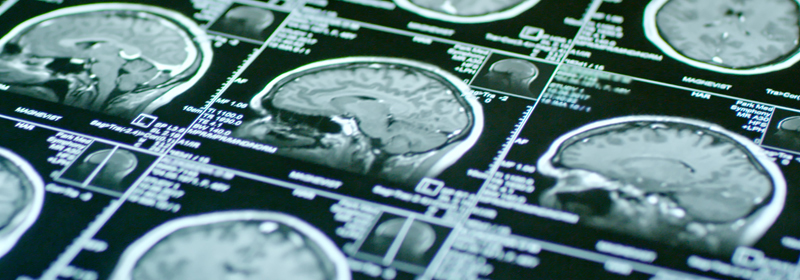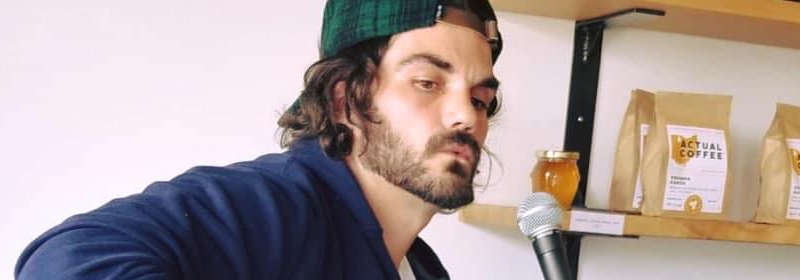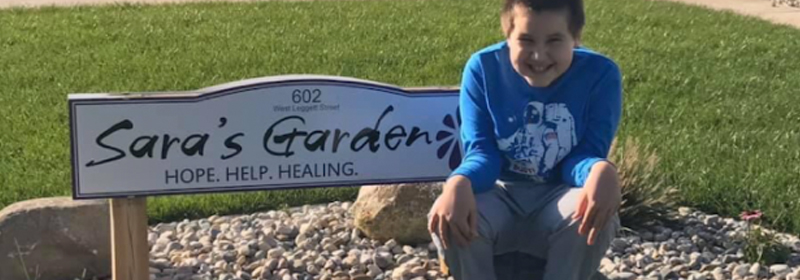But You Look Fine
When you are suffering from debilitating symptoms, there is nothing more frustrating than receiving inconclusive test results and no answers as to what is going on with your body, all while being told “…but you look fine”. Individuals living with Lyme disease know this all too well.
In August 2018, Greg was on a motorcycle trip in British Columbia when he started feeling sick. To be safe, he decided to return home to Connecticut, where strange things started happening. Blisters would appear at various places on his body. He was becoming more and more fatigued and would frequently wake up drenched in sweat. Sometimes, he had to change his clothing twice in one night.
Based on his symptoms, Greg was tested for Lyme disease, but tests came back negative. His doctor continued testing him for many other conditions, but all those tests came back negative as well. Unfortunately, Lyme disease is difficult to diagnose and can be even tougher to treat. Testing for Lyme disease can be very challenging. In fact, many patients receive several false negatives and suffer for years before being correctly diagnosed. Thankfully Greg did not have to wait that long as he decided to see a new doctor who had extensive knowledge and experience with Lyme disease.
The doctor listened to Greg’s story and stated, “I have one of three possibilities… Lyme, Lyme or Lyme.” Because only a recent infection shows up on the rudimentary tests that Greg had already received, the doctor ordered more extensive tests for Lyme, and they indicated that he had been infected for some time.
Lyme disease gets its name from the small coastal town of Lyme, Connecticut. In 1975, a woman brought an unusual number of pediatric arthritis cases to the attention of researchers at Yale University. In 1977, the researchers identified and named the clusters “Lyme arthritis.” By 1979, the name was changed to Lyme disease, when additional symptoms such as neurological problems and severe fatigue were linked to the disease.
Eventually, scientists discovered that the disease was caused by a spirochete transmitted by the bite of an Ixodes tick and determined that short course of antibiotics would resolve the issue. Unfortunately, the divide between what the medical community says about Lyme disease and what the chronically ill patients who suffer from it say they are experiencing has remained a wide chasm for decades.
The highest incidences of Lyme disease in the United States are typically reported in the Northeast and Midwest. However, more recent research indicates Lyme disease-carrying ticks are present in all 50 states and approximately half of all U.S. counties, making it the fastest-growing vector-borne disease in the country. The 30,000 cases reported annually to the CDC by state health departments represent only a fraction of the cases diagnosed and treated around the country.
Greg started antibiotics in September 2018. At first, he felt better, but he soon regressed and became increasingly worse. It turns out he had a “co-infection” of Lyme called Babesiosis, caused by microscopic parasites that infect red blood cells. It went undetected because Greg had only been tested for the common strain of Lyme found near his home in Connecticut. He began taking Atovaquone, the same drug prescribed for Malaria. A year later, he began having severe mental problems and tested positive for another co-infection, Bartonella, requiring yet another medication.
For three years, Greg was off and on antibiotics, yet many of his symptoms remained; fatigue, joint pain, neuropathy, and mental issues such as cognitive disfunction, anxiety and depression. With no relief in sight, he began seeking alternative treatments in hopes of feeling better. He went to Germany for whole body hyperthermia treatments, tried a “Lyme diet” and did frequent infrared saunas. All had helped to some extent, but his bad days were still really bad, and he wanted more relief.
Greg had heard about hyperbaric oxygen therapy being used to treat Lyme disease at Yale University back home in Connecticut but had never considered trying it himself. He stumbled upon Sara’s Garden by sheer coincidence… or divine intervention. He had traveled to Northwest Ohio to attend the Wauseon National antique motorcycle event and struck up a conversation with our staff at a tent sale unveiling the new Special Grounds coffee truck. He immediately rode over to Sara’s Garden to learn more about HBOT treatments.
Greg felt this was something he had to try. He started noticing benefits after his first week of treatments. Most notably, he was sleeping better, had more energy and his joint pain began to dissipate. On weekends, Greg would take trips or ride home on his motorcycle. His friends would repeatedly make comments that he was looking and acting much better. He is relieved to feel that he has reached a much more comfortable level of living in his battle with Lyme.
He stated, “I know that the Lyme I have is chronic, so it is a matter of suppression, rather than cure. Hyperbaric Oxygen Therapy helped me reach a higher level of well-being. Because of this I am planning to return to Sara’s Garden to help me maintain and possibly get even better. I’m so thankful for the staff at Sara’s Garden. From top to bottom, they couldn’t have been better. I feel like I left Wauseon with many new friends!”
Thanks to Hyperbaric Oxygen Therapy at Sara’s Garden, Greg now has hope for a pain-free future. No matter what you’ve been told, there is hope… for this and many other conditions. HBOT is treatment without drugs… without surgery… without pain.











